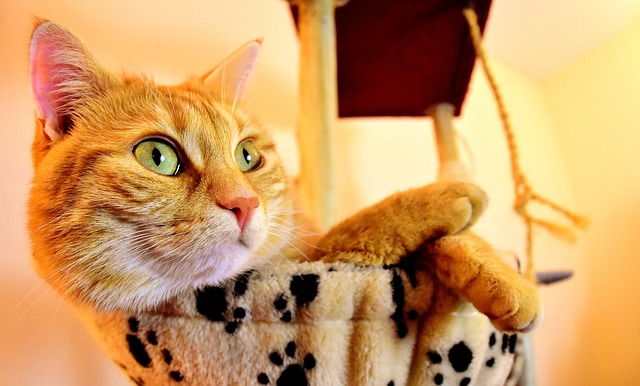Introduction: Adding a new cat to your family is a decision that requires thoughtful consideration, especially when it involves introducing a younger cat to a senior feline companion. Each cat’s unique history and personality play a pivotal role in determining the outcome of such introductions. This article aims to provide insights and tips for cat guardians navigating this potentially delicate transition.
Understanding Feline Grief: When a senior cat loses a companion, it’s not uncommon for them to exhibit signs of grief. While cats may not express grief in the same way humans do, studies have shown significant behavioral changes after such a loss. Recognizing these signs is crucial for cat owners looking to provide support during this challenging time.
Will a New Companion Help? Introducing a new cat to a grieving senior companion is a decision that requires careful consideration. Cats are naturally territorial animals, and slow, gradual introductions are recommended. However, there’s no guarantee of immediate acceptance. This process can be particularly challenging for senior cats, especially if the new cat is young or a kitten.
Prioritizing the Senior Cat: When contemplating a younger companion for your senior cat, it’s essential to ensure that the existing cat’s resources remain unaffected. This includes factors such as time spent with the owner, resting places, viewing spots, and access to food and water. The well-being of the senior cat should be the top priority in any decision-making process.
Considering Senior Cat’s Health: For older cats dealing with health issues, introducing a new cat may not be advisable. The stress of a new addition can exacerbate existing conditions and potentially shorten the senior cat’s life. Even seemingly healthy senior cats may have underlying health concerns that should be taken into account.
Choosing the Right Companion: When selecting a companion for your senior cat, consider the resident cat’s temperament. Matching temperaments can greatly improve the likelihood of a successful introduction. Size can also play a role, with cats of similar sizes and builds generally accepting each other more readily.
Fostering Potential Companions: Consider working with a rescue group that allows you to foster a potential new companion. This approach gives you the opportunity to assess whether the new cat and your senior cat are a good match before making a permanent decision.
Putting Your Cat First: Ultimately, the decision to introduce a younger cat to a senior companion should prioritize the well-being and comfort of the existing cat. It’s important to be clear that the choice is based on what’s best for your cat, not solely on personal preferences.
Share Your Experience: If you’ve introduced a younger cat to a senior feline companion, we’d love to hear about your experience. Your insights and stories can offer valuable guidance to other cat guardians navigating similar situations.



